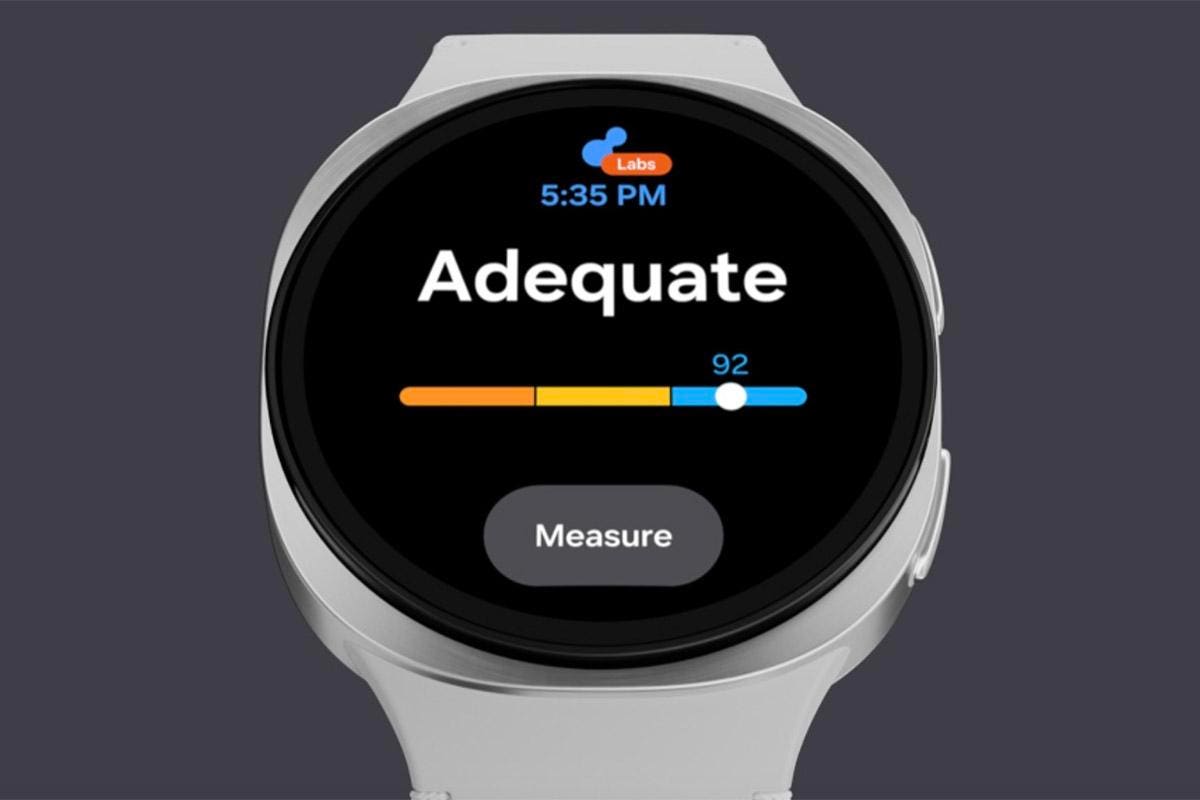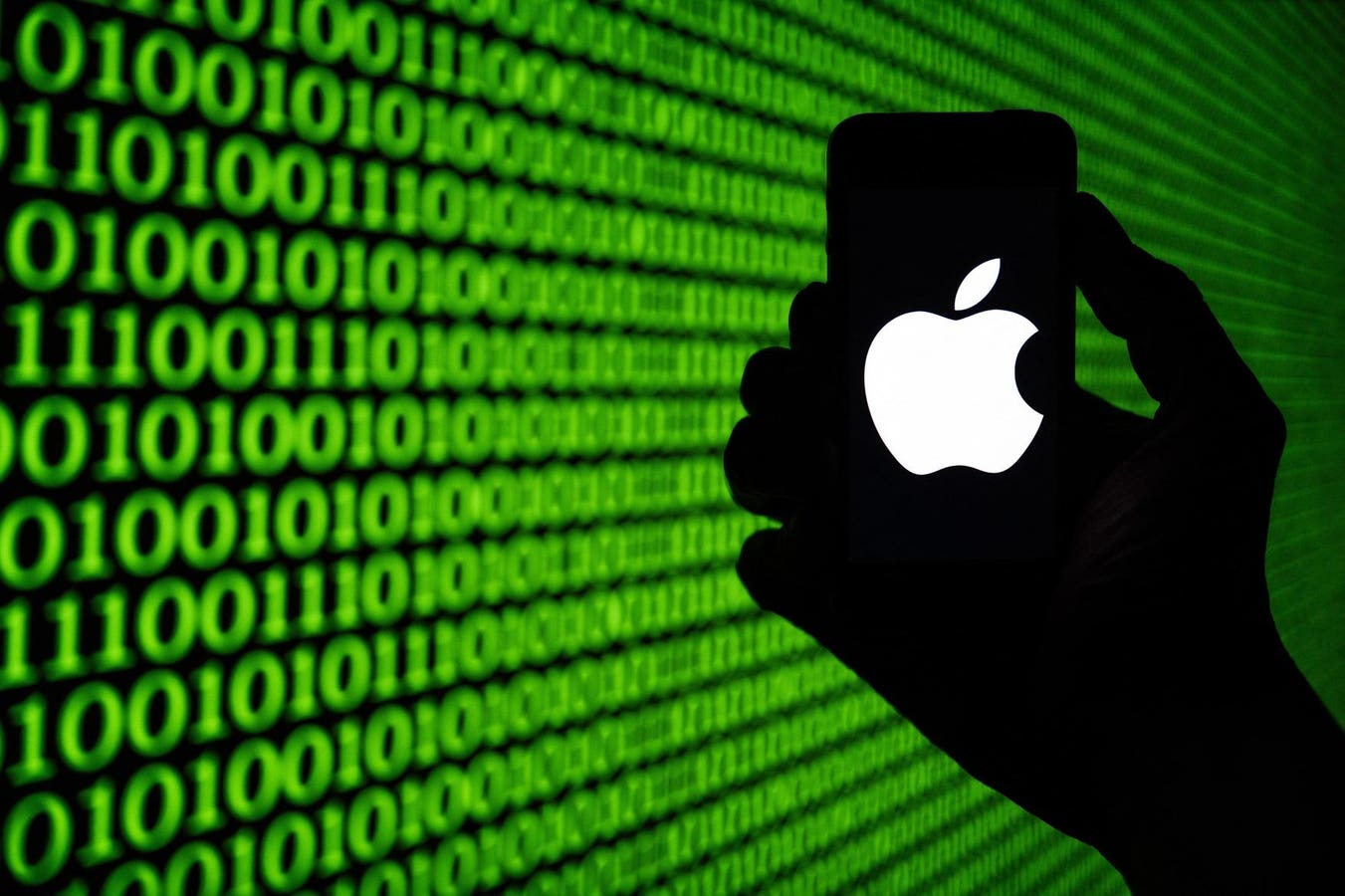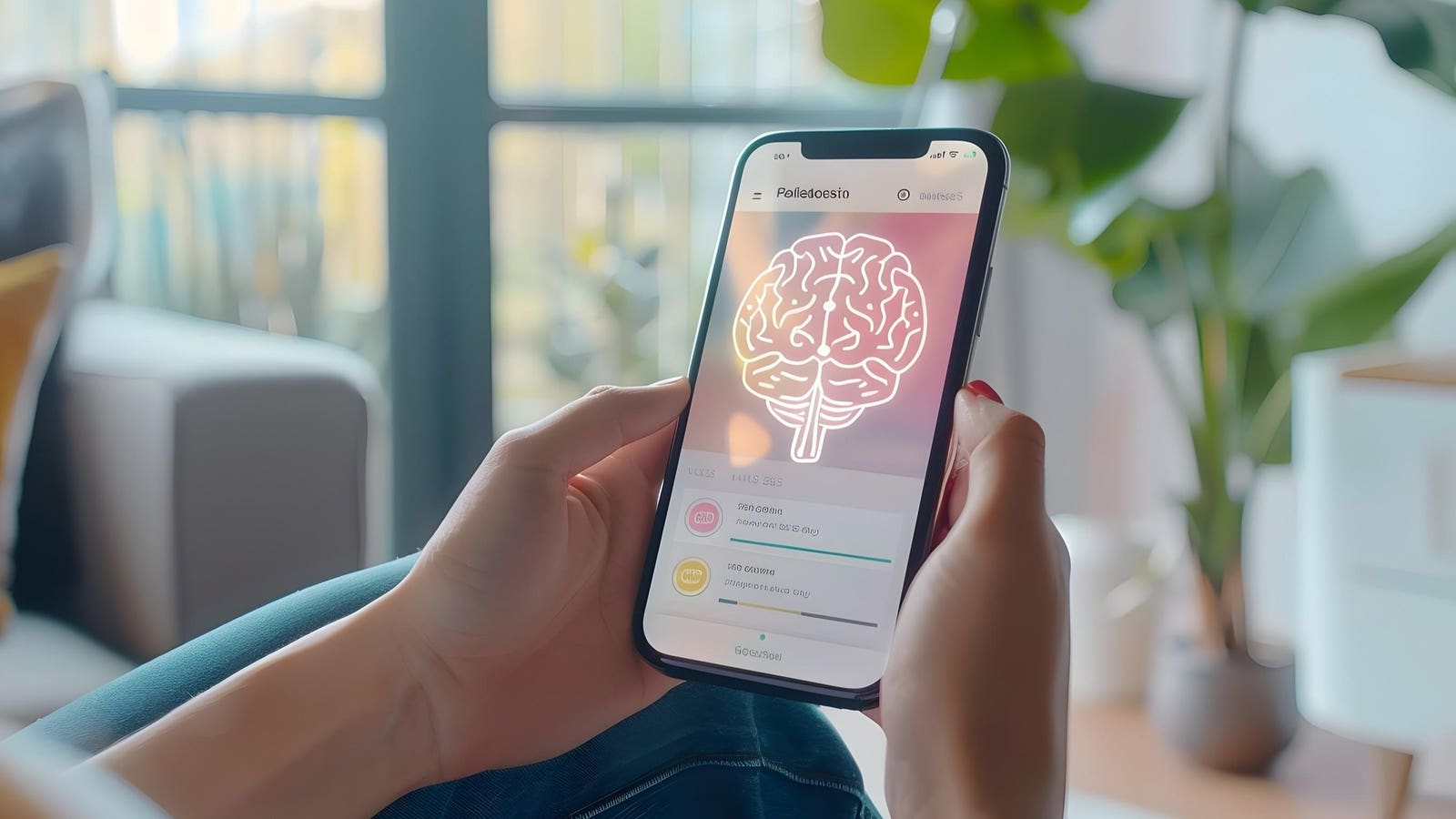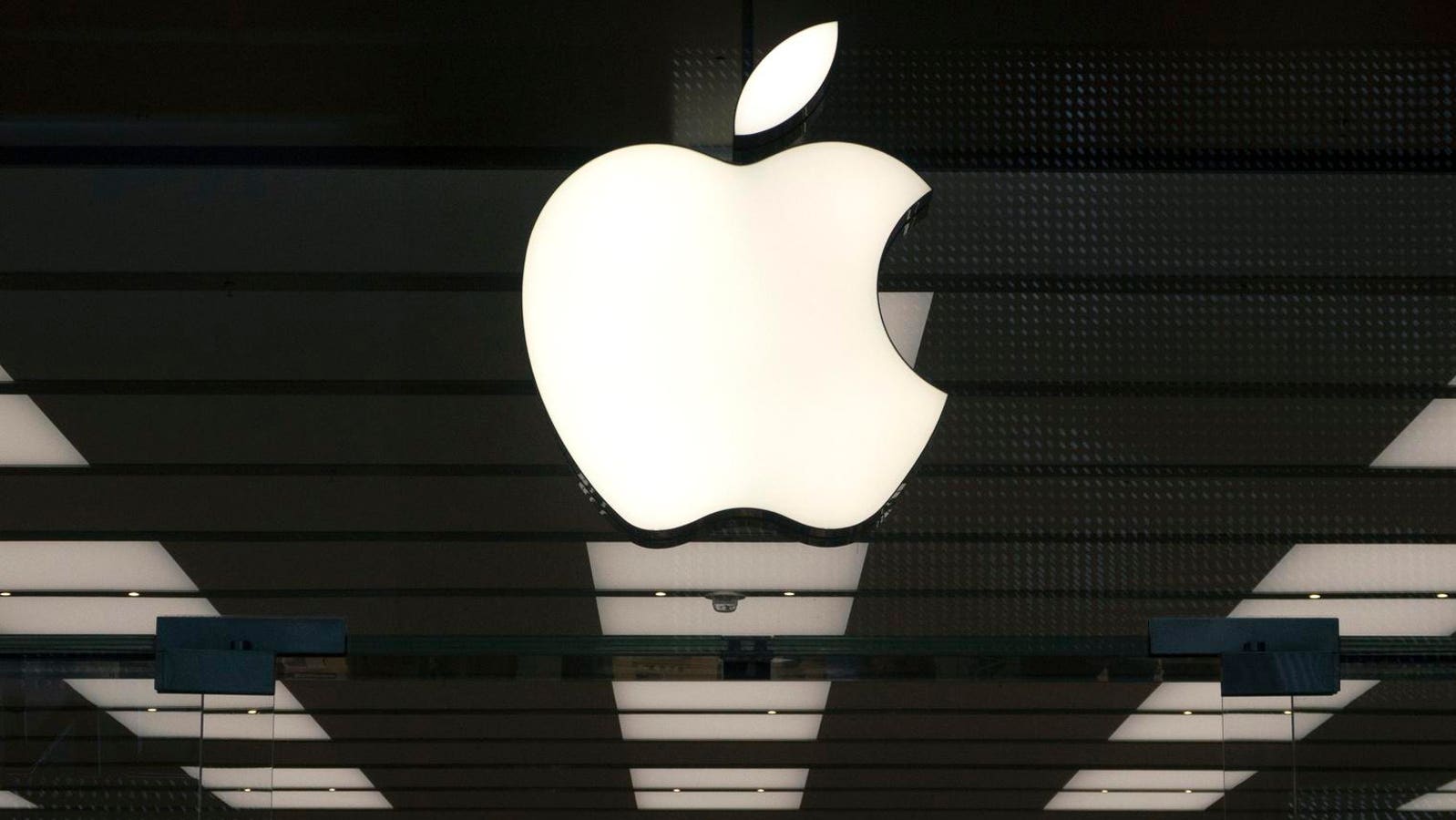Samsung Galaxy Watch 8
Samsung has announced its next wave of wearables, which comprises the Galaxy Watch 8, Watch 8 Classic and Watch Ultra. Their most eye-catching new software feature is the Antioxidant index stat.
This analyzes the prevalence of carotenoids in your skin, using the rear sensor array, the same collection of hardware that measures your heart rate throughout the day.
Carotenoids are antioxidants, and they end up deposited in your skin. Or to be more specific, they are pigments found in fruit and vegetables, like spinach and peppers, carrots and broccoli.
Having a healthy level of carotenoids visible in your skin can be taken as a health marker. And carotenoids themselves are associated with lowered risk of certain cancers, including prostate and lung cancer, according to a study published in the BBA. The idea is the stat could help motivate you to make healthier choices.
“These insights can reflect behavioral changes. For example, drinking carrot juice may result in a measurable change in the index, offering motivation to adopt healthier habits,” says Samsung.
This is not a feature I’ve come across in wearables before. Sure enough, Samsung calls it an “industry first.” But you can find plenty of studies online checking out the efficacy of monitoring carotenoid levels using, like the Samsung Galaxy Watch 8, spectroscopy.
It involves shining light into the skin, and analyzing what is reflected back into a light sensor.
However, here it also involves an unusual style of interaction unlikely to see frequent use of this Antioxidant index feature by many Samsung Galaxy Watch 8 owners.
Samsung Galaxy Watch 8
The Samsung Galaxy Watch 8 needs to be removed from your wrist, so you can place a thumb over the BioActive Sensor, the name for the assorted sensors of the rear heart rate array. While it only takes five seconds — a lot less than an ECG reading — it is clearly not that convenient.
Samsung hasn’t said why this elaborate method is used, but one possible reason is fairly obvious. Placing thumb over sensor may give more consistent values across readings compared to a wrist reading, where the position may change more between sessions. And given this is in part a measure of colour, pigment, the thumb is less likely to be affected by sun tanning or sun burn than a more outwards-facing area. There’s no word on how well the feature works yet for those with darker skin, which has proved an issue for optical heart rate reader hardware in the past.
Samsung’s Galaxy Watch 8 wearables are up for pre-order now, and begin shipping from July 22.









